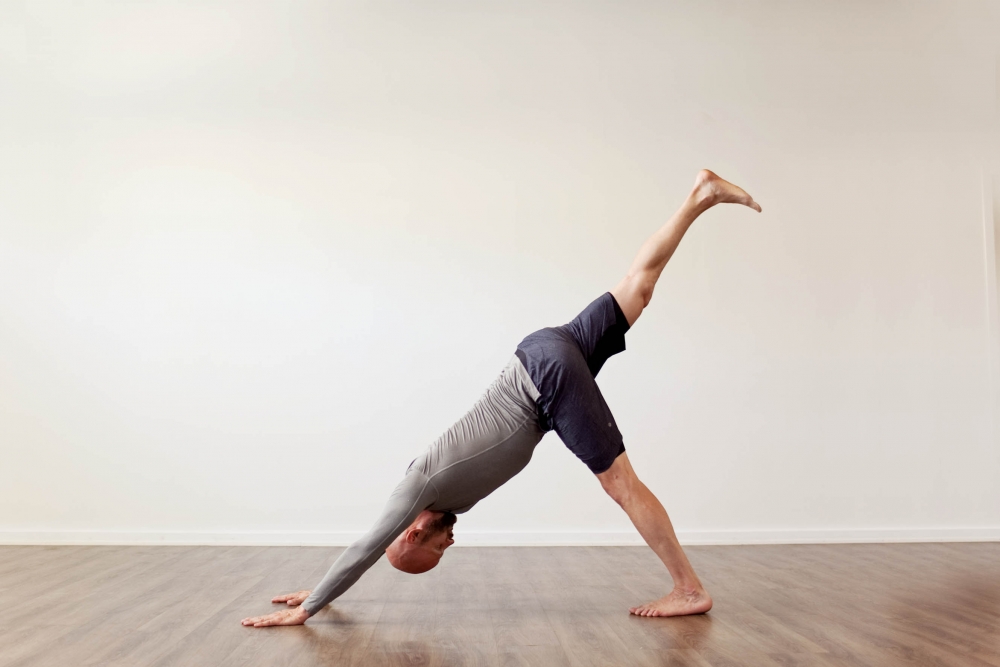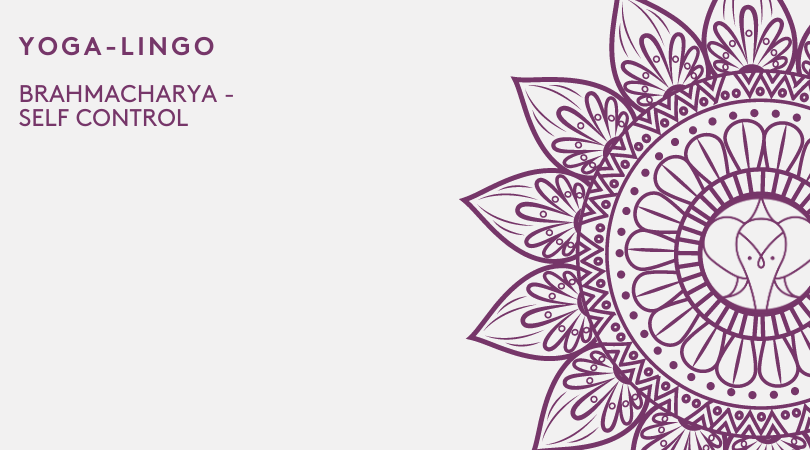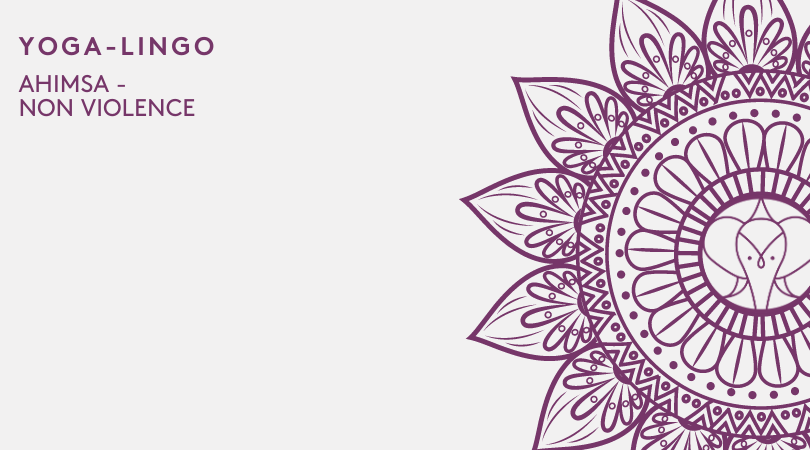Adho Mukha Svanasana - Downward Facing Dog
Downward Facing Dog or Adho Mukha Svanasana (AH-doh MOO-kah shvah-NAHS-anna) as it is known in Sanskrit, is probably one of the most popular poses. The name translates from the Sanskrit roots as follows:
- Adhas: Down
- Mukha: Face
- Svana: Dog
- Asana: Posture
It stretches the shoulders and the hips and was initially developed as a resting pose. You can use it on its own, but its real value is shown when you need to take a break between two difficult poses.
Whatever name you prefer, Downward Facing Dog is one of the poses that you’ll come across most frequently. Beginners and advanced practitioners alike use it often.
The Downward Facing Dog Step by Step
- Get down on all fours, and make sure that your knees are a little behind your hips.
- Line up the creases in your wrist with your mat’s front edge.
- Your fingers should be evenly spread, with your hands flat on the floor and taking most of the weight.
- Tuck under your toes and push your butt up towards the ceiling.
- Your legs and body should end up in a V-shape, with your feet and hands flat on the floor.
- You can start with bended knees if this is easier for you. Just make sure that they’re facing dead ahead. It’s more important to keep your back straight, so don’t stress if you cannot straighten your legs just yet.
- Start rotating your upper arms so that your shoulders broaden. This will release any tension in your neck.
- Your skull should be aligned with your pelvis. You want to lengthen the line of the skull, without letting your chin drop.
- Hold the stretch for a few seconds and then come back to the starting position.
Modifications
- If the full stretch is too much for you at this point, rest your hands against a wall or a chair instead of on the floor.
- If you’re battling to get your feet flat against the floor, you can place a folded blanket under your heels to help you maintain your balance.
- If you can almost reach the floor, but not entirely, you can rest your hands on blocks.
- You can use a strap placed just above the elbows on the upper arms to ensure that your arms are locked in the correct position.
Preparatory Poses
- The Cat-Cow pose will help your back limber up.
- The Box on the Wall pose can help you to get into position more easily.
- The Bridge pose helps to open up the chest and lengthen the spine.
- Standing Forward fold
- Plank Pose
Follow Up Poses
The Downward Facing Dog asana is an integral part of the Salutation to the Sun. This sequence ensures that you work every muscle in your body.
Standing Forward fold
Benefits
- This is one of the most useful postures. If you were only going to pick one posture your whole life, this would be a good choice.
- It stretches the whole body, particularly the spine, shoulders, and legs.
- It strengthens the body as well, with particular emphasis on the feet, legs, and arms.
- You’ll feel calmer after completing this posture, and you should feel your spirits lift as well.
- It will help reduce feelings of fatigue and leave you feeling rejuvenated.
- It improves circulation and digestion.
- The pose will stimulate your immune system.
- It is useful if you have issues with the sinuses because it helps improve blood flow to this area.
Bandhas
Bandhas are used by more advanced practitioners and involve directing the flow of prana. Integrating bandhas with this pose can help you intensify the results that you can obtain. Mula Bandha is the best option.
Here’s how to incorporate it:
- Prana Dog: From the Downward dog posture, inhale and lengthen your spine by moving your shoulders and head closer to the floor. At the same time, move your hips further from your hands and spread the pelvis. Now get ready for the exhale.
- Apana Dog: Exhale and then start flexing your spine. You can do this by rounding your shoulders a little, tucking in your pelvis, drawing up your ribs, and focusing on your navel. At the end of the exhale, your pelvic floor will naturally draw upward.
Now go back into Prana Dog on the next inhalation, but this time start the spine extension at the tailbone. You need to be careful of pushing your ribs too close to the spine. Carry on lengthening the area from the pubic bone to the coccyx, and the area from the navel to the pubic bone. Lengthen the space between the ribs and the navel as well. These areas should also be lifted gently.
When you’re done, exhale and move back into Apana Dog again.
Then, exhale and flex your spine by tucking your pelvis, slightly rounding your shoulders, drawing your ribs up, and looking toward your navel. Now you're in Apana Dog. Notice that at the end of the exhalation, the pelvic floor naturally draws upward—this is Mula Bandha.
Drishti
With this pose, you will focus your gaze, or concentrate on your navel. The navel, often called the magic circle, forms the focal point for the entire pose. Nasagrai or Nasagre (nose)
Variations / Modifications

The variations of this pose involve making modifications using props to make it easier to complete the pose. We’ve discussed these already. If you’re more advanced, focus on incorporating bandhas and lengthening the stretch.
- Knees bent, heels up
- Knees bent heels up, cat spine, knees to forehead
- Prasarita pada adho mukha shvanasana - Feet wide apart downward facing dog
- Eka pada adho mukha shvanasana - One legged downward facing dog
- Parivritta adho mukha shvanasana - Revolved downward facing dog
Traditions
This pose falls under the Hatha tradition.
Pose type
Forward Bend, Inversion, arm balance
Beginner Tips
- If you’re finding it difficult to open and release your shoulders, rest your hands on blocks or the seat of a chair rather than the floor.
- Don’t try to rush your progress. Downward Facing Dog is a resting pose, but that doesn’t mean that it’s going to be simple when you’re just starting. Give yourself time to get used to it.









